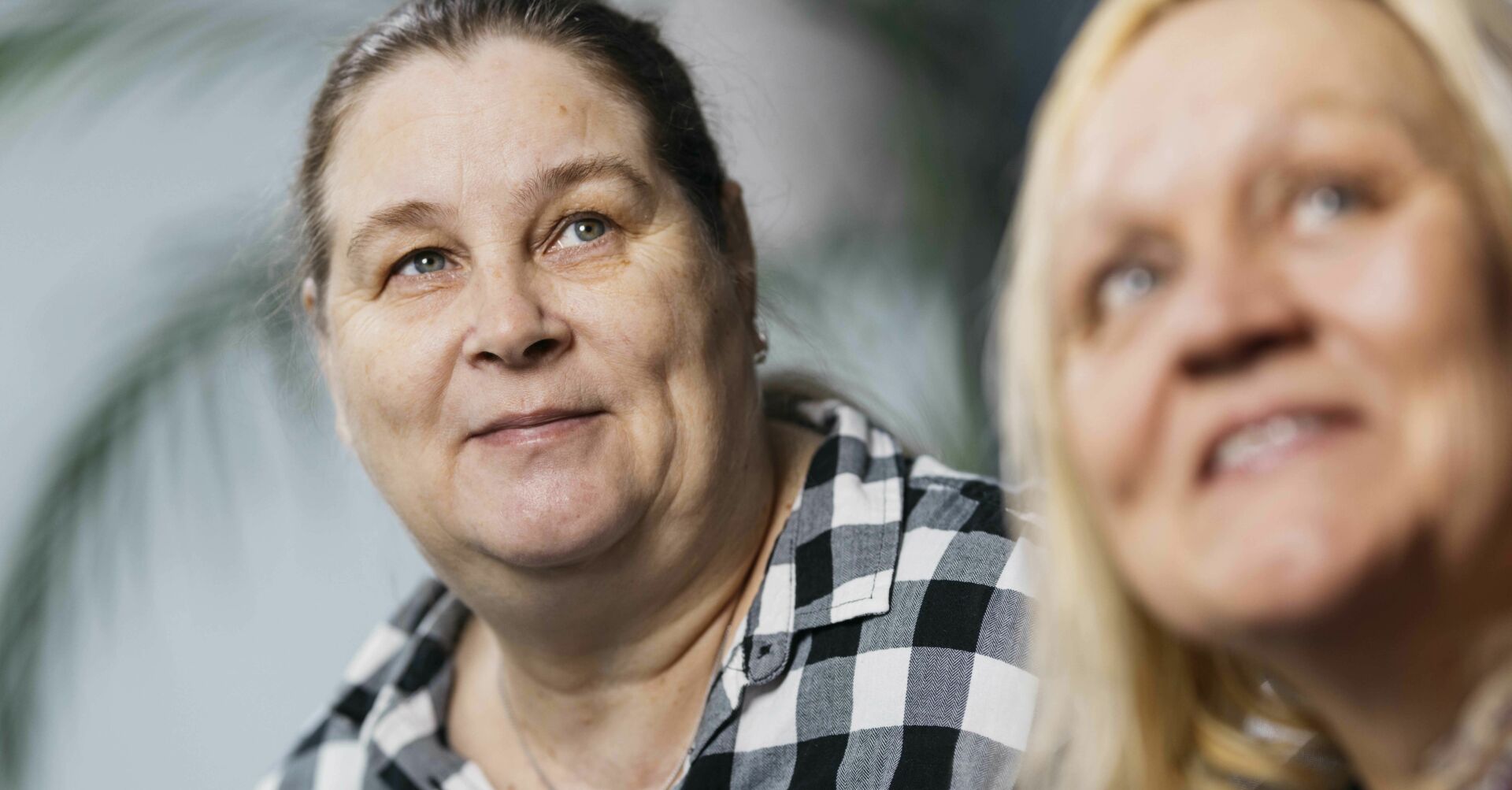For several months the #MeToo-campaign has gone viral, globally. Thousands of women have through social media told about sexual assaults and harassment, especially at the workplace. The debate has put a commendable focus on structures and power differences between men and women. By addressing these issues, we get in a position to change the culture and behaviour of men, who up till now have gotten away with assaults and harassment.
But in the debate, there is one perspective missing. Alcohol.
Alcohol is very often correlated to sexual assault, even though it is not the root cause. Alcohol is often used as a tool to target victims, and then used by perpetrators as an excuse for their actions.

Therefore, we need to discuss drinking culture, and not at least – what works in alcohol policy. We know that reducing the alcohol consumption also reduces violence, accidents and harassments that are alcohol related. European and U.S. studies find that drinking to the point of intoxication is especially associated with violence and aggression.
In order to change society we need structures that prevent harm. The WHO Global Status Report on Violence Prevention 2014 notes that “For decision-makers, acknowledging the importance of implementing policy measures is an essential prerequisite to achieve societies and communities that are both safe and healthy.” (WHO, 2014). Examples are findings from the United States that a 10% increase in the price of an ounce of pure alcohol would reduce the probability of intimate partner violence against women by 5.3%, and a 10% increase in the price of beer would reduce the number of college students involved in violence each year by 4%.
General Secretary of International Blue Cross Anne Babb states:
– We can all act as vessels for change by deepening our gender understanding and taking necessary corrections. We can take personal steps and demand policies that prevent alcohol harm. With a common voice we are strong. Let’s start today!
